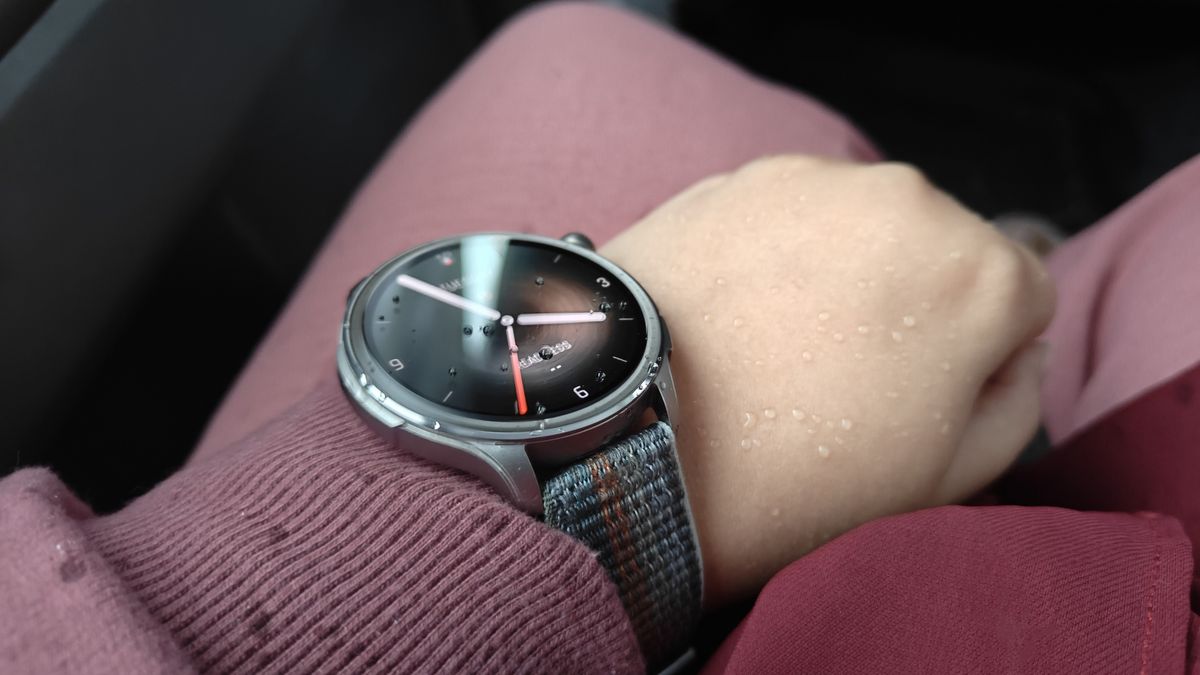So you’re looking to increase your cardiovascular endurance, and you don’t know whether to prioritize running or the Japanese Interval Walking Training (IWT) method that’s growing in popularity right now. Below, we put the two head-to-head to help you decide which is best for your routine.
In case you hadn’t heard of it, the Japanese IWT method involves alternating your pace as you walk. You’ll walk for three minutes at a low intensity, followed by three minutes at a higher intensity, repeated five times. It was developed in Japan by researchers, and is supported by the research of Dr Hiroshi Nose published in Mayo Clinic Proceedings. You can read what happened when our fitness editor tried Japanese walking for a week.
Both interval walking and running are great forms of cardio. They’ll both raise your heart rate and metabolism, and strengthen your muscles and joints over time. You can also expect both walking and running to help boost your mood and reduce your stress levels. They can also be used to lose weight, if paired with a good diet. If weight loss is your goal, you’ll want to focus on being in a calorie deficit, which means burning more calories than you consume.
Japanese walking vs running — which burns more calories?
If weight loss is your goal, you might be keen to know which form of cardio is likely to burn more calories. While the exact number of calories you burn depends on a number of factors, including intensity, workout length and biological factors like age, weight, sex, hormones and more. The best way to keep track of how many calories you’re burning is to wear one of the best fitness trackers, which will do this for you.

That said, as a rough guide, according to the Omni calculator, a 155-pound adult will burn around 375 calories running a 5K at a gradient of 1%. On the other hand, a 155-pound adult doing a 30-minute interval workout is more likely to burn between 100-200 calories, although this number will vary based on how hard you push yourself and any incline you cover.
If you’re looking to burn calories, you’ll get there faster with running.
Japanese walking vs running — which is better for you?
Of course, burning calories isn’t the only reason to work out. If you’re a complete beginner or you’re recovering from an injury, walking is much lower impact, so it might be a better place to start.
What’s more, if you’re heading out for a run, you’ll need a pair of supportive sneakers (check out the best running shoes to buy right now here), and probably a sports bra. As walking is lower impact, you won’t need fancy equipment, although we’d recommend comfy shoes here too.

The real answer to this question is which form of cardio to you enjoy the most. If you hate running, or running for 30 minutes is unachievable right now, it might be that interval walking is great way to burn more calories than you would if you walked at a steady pace. If you’re a marathon runner, you might find walking intervals leave you wanting to move faster. There’s no right or wrong, and both are fantastic ways to add more movement to your day and look after your physical and mental health.
.png)












 English (US) ·
English (US) ·